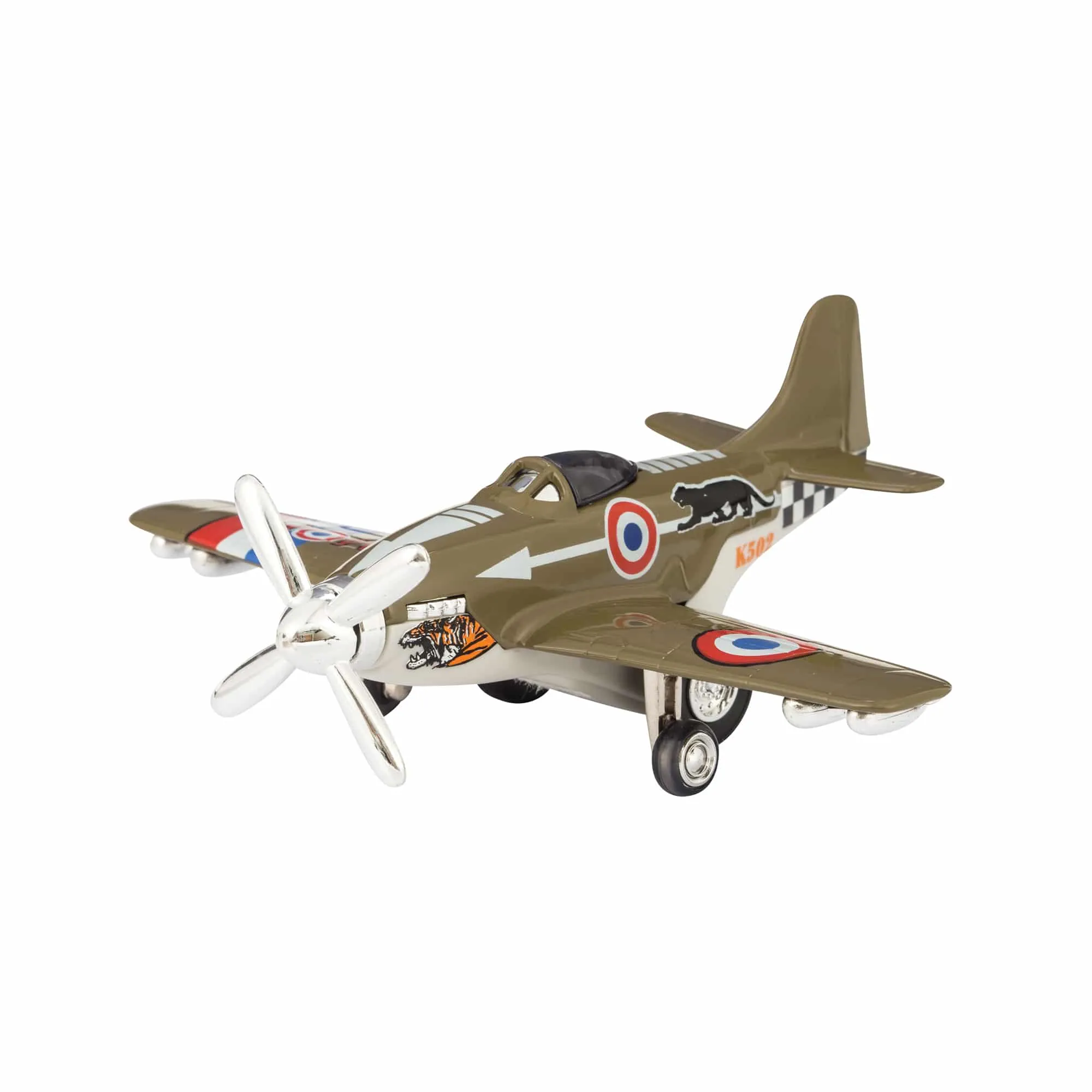The Allure of Custom Diecast Airplanes
Custom diecast airplanes represent a fascinating intersection of history, craftsmanship, and personal passion. They are more than just toys; they are miniature works of art, meticulously crafted to replicate real-world aircraft with stunning accuracy. The appeal of collecting these models lies in their detail, the stories they tell, and the connection they forge with the world of aviation. From the sleek lines of a fighter jet to the iconic profile of a commercial airliner, each custom diecast airplane captures a moment in aviation history. The allure extends beyond aesthetics; it encompasses the thrill of the hunt for rare models, the joy of sharing the collection with fellow enthusiasts, and the satisfaction of owning a tangible piece of aviation heritage. The world of custom diecast airplanes offers something for everyone, from casual admirers to dedicated collectors.
Why Collect Custom Diecast Airplanes?
Collecting custom diecast airplanes provides a unique opportunity to engage with aviation history and the art of model making. It offers a tangible connection to the world of flight, allowing collectors to appreciate the design, engineering, and history of aircraft from various eras. The hobby provides a fulfilling experience, letting collectors build a personal museum of aviation history, each model representing a different aircraft, era, or achievement. The community aspect of collecting, with the chance to connect with other enthusiasts, trade models, and share knowledge, adds a social dimension to the hobby. Collecting these airplanes is a blend of history, art, and community, offering a rewarding and engaging experience for those who appreciate the beauty and legacy of flight.
The Historical Significance
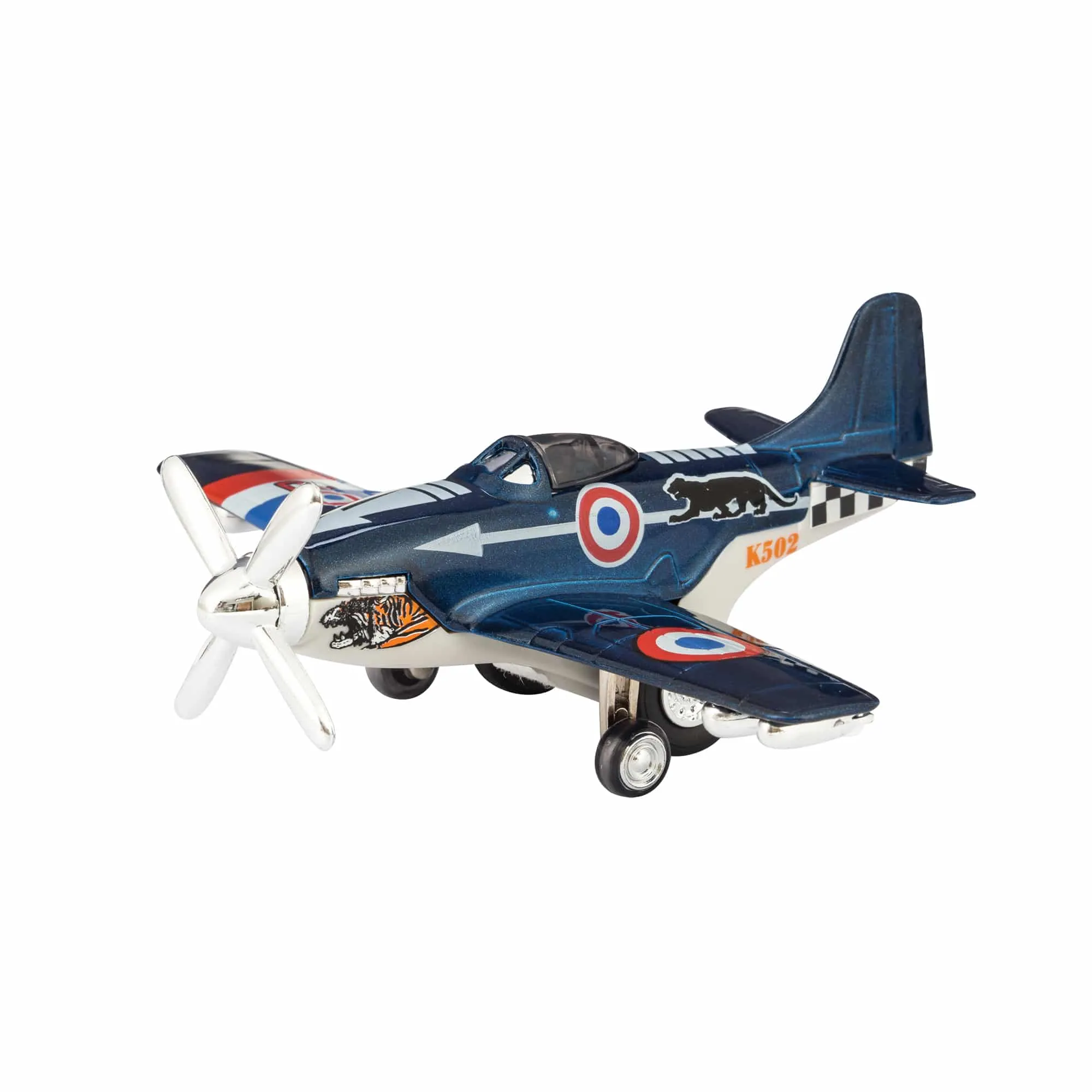
Custom diecast airplanes serve as miniature time capsules, preserving the legacy of significant aircraft and aviation milestones. Each model represents a specific aircraft type, often associated with pivotal moments in history, such as the pioneering days of flight, the World Wars, or the dawn of commercial aviation. These models can educate collectors about the technological advancements, design philosophies, and cultural impact of these aircraft. The models also tell the stories of the men and women who designed, built, and flew these planes, connecting collectors to the human stories behind the machines. The historical significance transforms collecting from a passive hobby to an active exploration of aviation’s evolution, providing a deeper understanding and appreciation of its impact on society.
Fact 1 The Materials Used in Diecast Airplanes
The materials used in custom diecast airplanes significantly influence their durability, detail, and overall value. The most common material is diecast metal, typically a zinc alloy, chosen for its ability to capture fine details and provide a solid feel. Plastic is used for various parts, such as wings, engines, and landing gear, offering flexibility and ease of molding. High-quality paints, decals, and printing techniques are applied to achieve the realistic appearance of the aircraft. The combination of materials, along with skilled craftsmanship, determines the model’s aesthetic appeal and longevity. Understanding the materials used helps collectors assess the quality and value of their models, and appreciate the intricacies of their construction.
Different Diecast Airplane Materials
The primary material, diecast metal, provides weight and durability, enhancing the model’s perceived quality. Plastic components are often employed for parts requiring intricate shapes or specific flexibility, such as propellers or landing gear. The selection of paints is crucial, with manufacturers using specialized paints designed to resist fading and wear. Decals and tampo printing are used for markings, allowing for the precise reproduction of aircraft details. The materials used directly influence the realism and longevity of the model, contributing to its value. Collectors should familiarize themselves with material compositions to assess quality and identify potential issues. Different materials contribute to the final product, creating a miniature replica that accurately reflects the real aircraft.
Advantages and Disadvantages
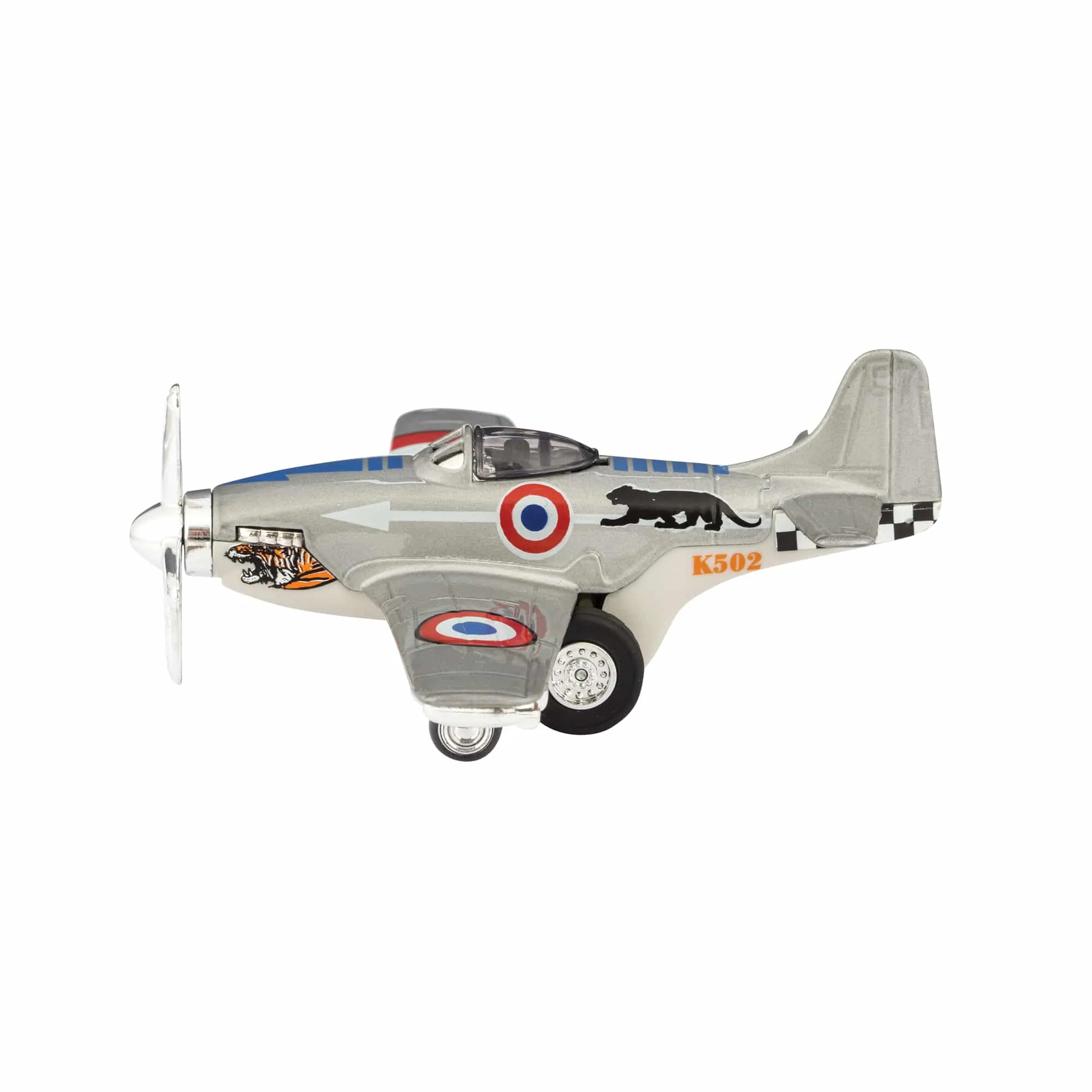
Each material used in custom diecast airplanes has its own advantages and disadvantages. Diecast metal provides a premium feel and enables fine detailing, but can be susceptible to corrosion if not properly treated. Plastic components offer flexibility and cost-effectiveness but may lack the same level of detail or the weighty feel of metal. High-quality paints and decals enhance realism, but can be vulnerable to scratches or fading over time. The choice of materials is a balance, and manufacturers must weigh factors such as cost, durability, and aesthetic appeal. Understanding these tradeoffs allows collectors to appreciate the design and construction. Knowing these aspects will lead to a better understanding of model quality and make informed purchasing decisions.
Fact 2 Customization Options Available
Custom diecast airplane enthusiasts have various options to personalize their models. Customization allows collectors to create unique pieces that reflect their individual tastes, interests, or historical preferences. Options include custom paint schemes, where collectors can specify colors, markings, and designs not offered by standard manufacturers. Detail modifications involve adding or changing components, such as antennas, engines, or landing gear. Custom decal sets enable the replication of specific aircraft or personalized markings. These options allow collectors to enhance realism and add distinctive touches. Customization offers an opportunity to turn standard models into personalized works of art, transforming each airplane into a unique statement of collecting passion.
Types of Customization
The types of customization available are extensive. Many collectors opt for custom paint jobs, replicating the liveries of specific aircraft, military units, or fictional designs. Detail modifications can involve adding or replacing components, such as installing aftermarket engines or modifying the cockpit. Decal customization allows the addition of specific markings, historical details, or personalized names. Some customizers create entirely new models, modifying existing molds or building from scratch. The range of possibilities allows collectors to create exactly what they envision, giving each airplane a unique and personal touch. Each modification transforms a standard model into a personalized work of art.
Detailing and Painting
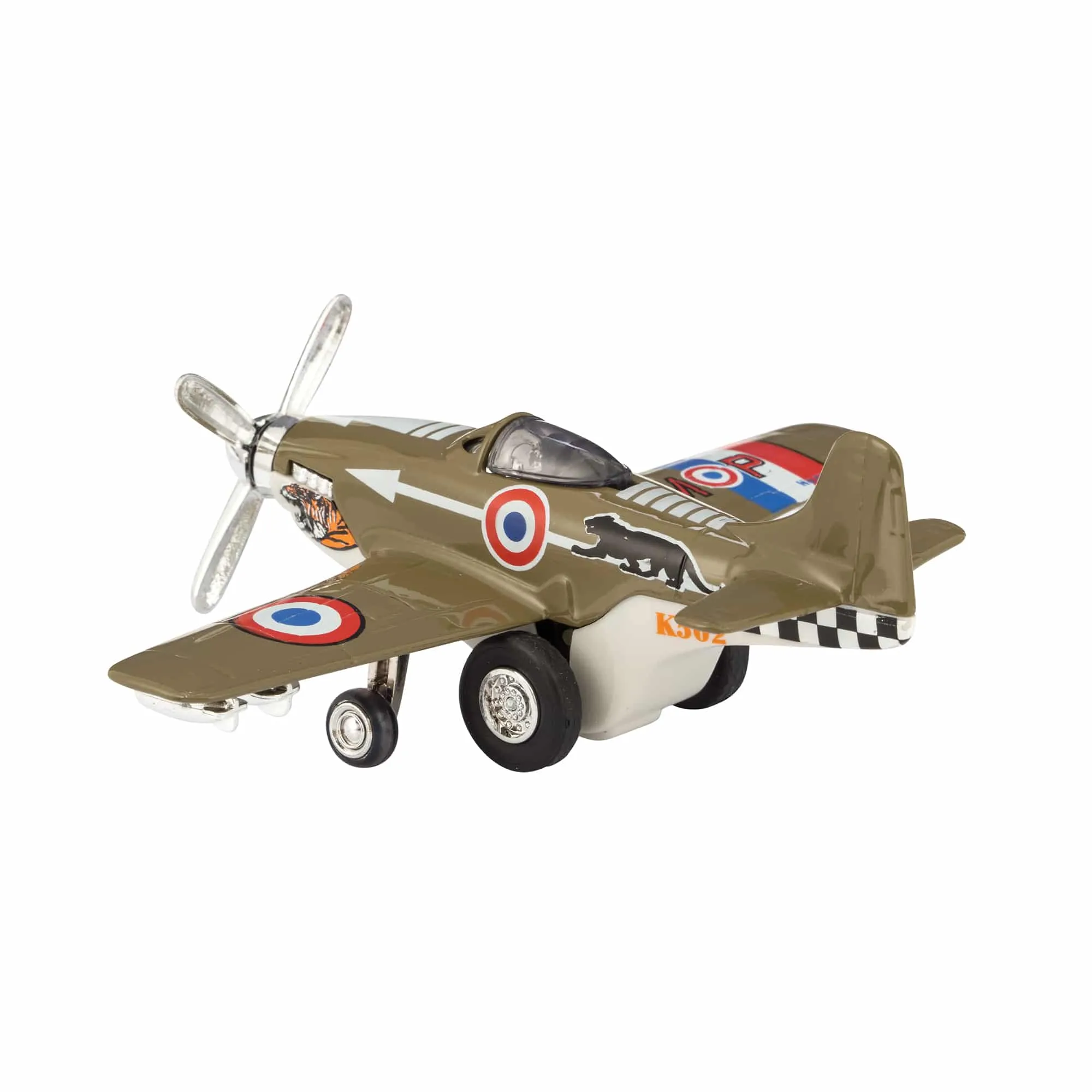
Detailing and painting are core to customizing custom diecast airplanes, and are the processes that bring a model to life. High-quality paint jobs precisely match the color schemes of the aircraft. Detail modifications can involve adding individual rivets, panel lines, or weathering effects to replicate wear and tear. The techniques used can greatly impact the final result. Skilled customizers use airbrushes, specialized paints, and fine-tipped brushes to achieve realistic and detailed finishes. Careful attention to detail, from the selection of paint to the precise application of decals, results in models that are both visually stunning and historically accurate. These meticulous processes transform a basic model into a miniature replica.
Fact 3 Popular Scales for Custom Airplanes
Custom diecast airplanes are available in different scales. The scale determines the ratio between the model’s dimensions and the actual aircraft’s dimensions. Common scales include 1:72, 1:100, 1:200, and 1:400, each offering different levels of detail and size. Smaller scales, like 1:400, are suitable for collectors with space constraints. Larger scales, such as 1:72, allow for more detail. The scale you choose will influence factors such as the level of detail and display space needed. Understanding the various scales available helps collectors make informed choices based on their preferences. Choosing the right scale will enhance their collecting experience, allowing them to create a cohesive collection or focus on aircraft types.
Understanding Airplane Scales
Airplane scales provide a standardized method for representing aircraft dimensions in a miniature format. Each scale represents a ratio. For example, a 1:200 scale model is 1/200th the size of the actual aircraft. Choosing a scale often depends on available space, budget, and the desired level of detail. The range allows collectors to specialize in certain aircraft types or eras. It is crucial to consider the size and detail of the models when deciding on the scale. Understanding scale is essential for collectors to create a well-organized and satisfying collection. It helps ensure the models are compatible. This knowledge ensures that they complement each other on display.
Choosing the Right Scale for Your Collection
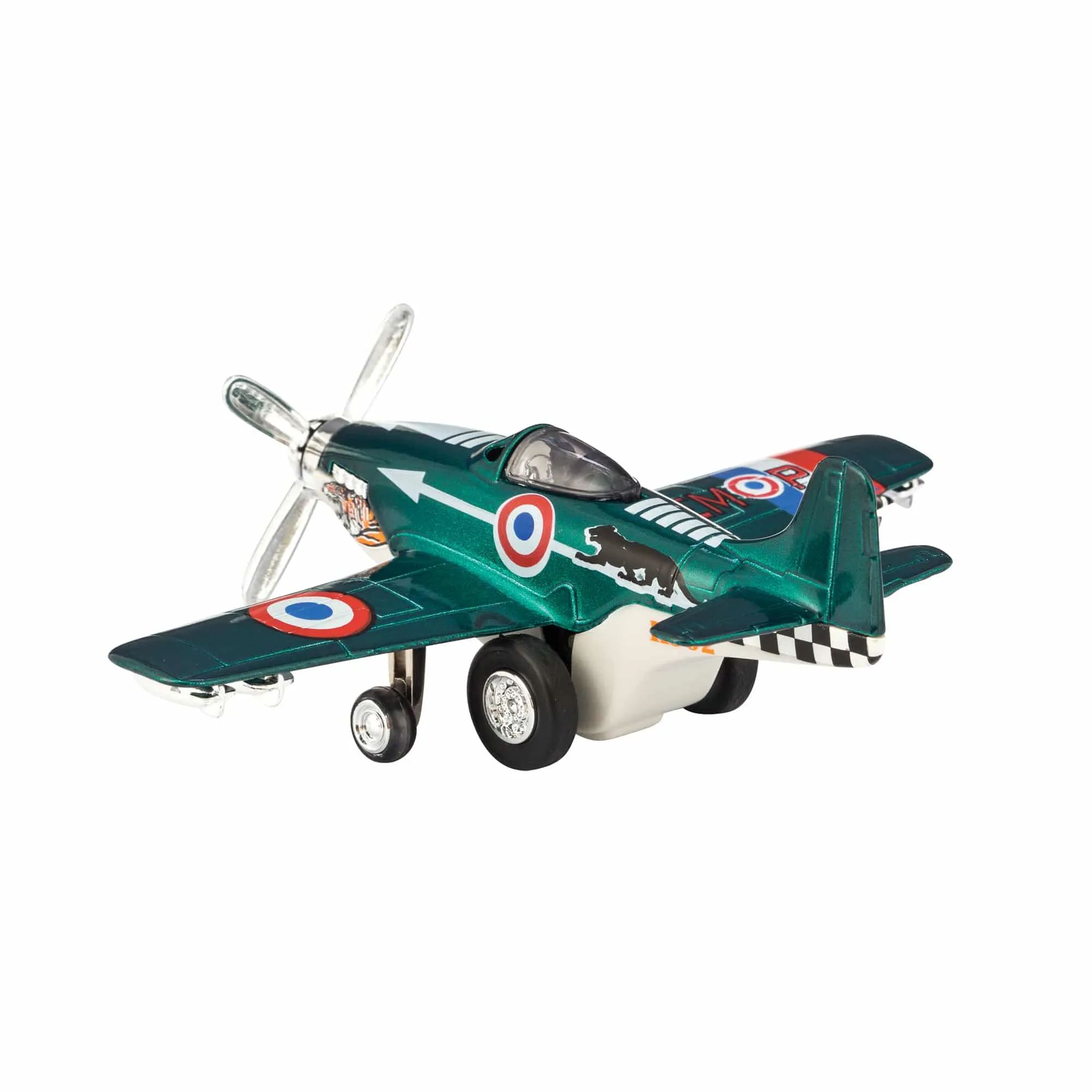
Choosing the right scale is a personal decision based on various factors. Space is a critical consideration; larger scales require more display area. The desired level of detail can influence the choice. Smaller scales may offer more variety and affordability. Building a collection of a specific type or era of aircraft may have specific scale preferences. Researching available models in different scales is important. Some collectors mix scales to create a diverse collection. Considering these factors helps collectors choose the scale or combination that suits their preferences. This thoughtful approach ensures a satisfying collecting experience that aligns with personal interests and collecting goals.
Fact 4 The Value of Custom Diecast Airplanes
The value of custom diecast airplanes varies significantly. Several factors influence it, including the base model’s rarity, the quality of customization, and market demand. Customizations that are well-executed can increase the value. Limited edition runs and unique designs command higher prices. Collectors should research the market value of similar models to establish a benchmark. The popularity of the aircraft itself, historical significance, and the reputation of the customizer also affect value. Careful consideration of all these elements helps collectors to assess the worth of their models. This will also help when evaluating potential purchases and make informed decisions regarding sales or acquisitions. Knowledge of these factors is essential for both buyers and sellers in the custom diecast airplane market.
Factors Influencing Value
Several factors influence the value of custom diecast airplanes. The base model’s rarity is significant; limited-edition models or those no longer in production often command higher prices. The quality of customization, including the accuracy of detailing and the skill of the painter, significantly impacts the value. Customizations that are well-executed with original designs and historical significance can increase value. The demand for specific aircraft types or historical periods plays a crucial role, as popular aircraft or those associated with significant events are highly sought after. The market value is often influenced by the overall condition, originality, and the presence of original packaging. Understanding these factors is key for anyone involved in collecting or trading custom diecast airplanes.
Rarity and Demand
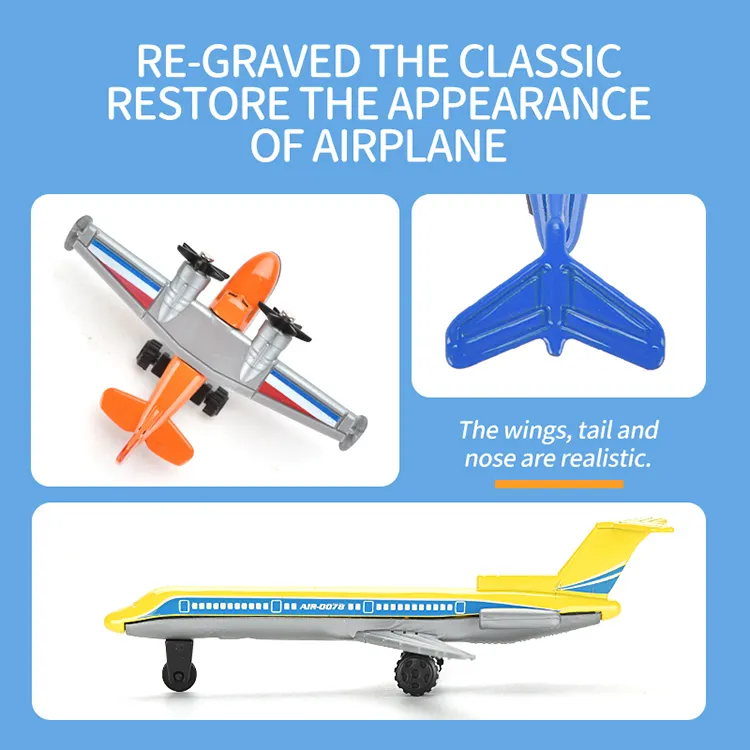
Rarity and demand are key drivers of value in the custom diecast airplane market. Limited-edition models, produced in small quantities, tend to become more valuable over time. Models of aircraft associated with significant historical events, or those with unique designs, are also in high demand. A model’s value often increases based on its rarity. Collectors seek out models that are difficult to obtain. Market trends and the overall health of the collecting hobby influence demand. Collectors should understand these factors to make informed decisions about acquisitions. Knowing which models are rare or in high demand can help collectors build valuable collections. This also helps them make informed investments.
Fact 5 Finding and Purchasing Custom Airplanes
Finding and purchasing custom diecast airplanes involves navigating various channels. Collectors can explore local hobby shops. Online marketplaces and specialized forums also provide access to a wide selection of models. Auctions, both online and in person, are another avenue for acquiring rare or unique items. Participating in airplane shows and collecting events is useful. Researching reputable customizers and sellers is essential. Always verify the model’s authenticity and condition before purchasing. Networking with other collectors and joining online communities is beneficial for learning and gaining insights. A well-researched approach ensures a satisfying collecting experience. It also helps to build a valued and curated collection.
Where to Buy
The options for purchasing custom diecast airplanes are diverse. Local hobby shops offer a chance to see models in person and to build relationships with other collectors. Online marketplaces are a rich source of models, with a wide variety to choose from. Specialized forums and collecting communities offer models from other collectors. Attending airplane shows and collecting events provides an opportunity to discover rare items and network with other collectors. Auctions, both online and physical, offer access to unique and vintage models. The key is to research sellers and assess the model’s condition. Buyers should also understand the various purchasing channels to ensure a fulfilling and successful collecting experience.
Online Marketplaces
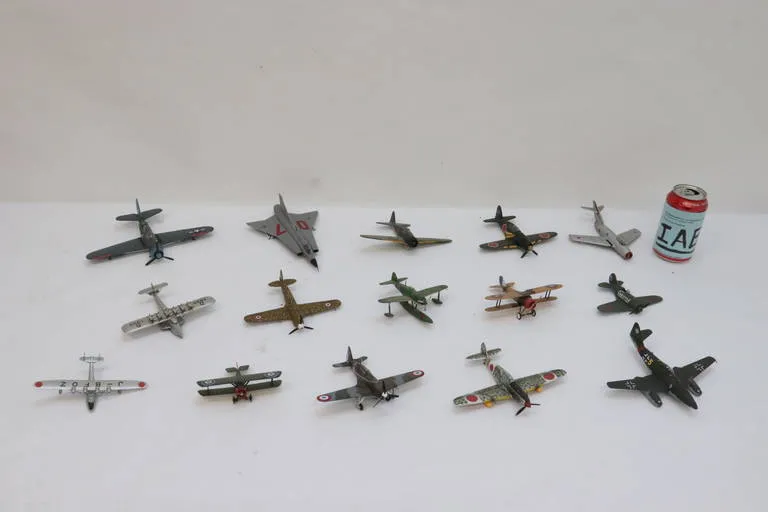
Online marketplaces are essential for acquiring custom diecast airplanes. Platforms such as eBay, Etsy, and specialized collecting forums provide vast selections. These marketplaces offer models from individual sellers and businesses. Buyers can compare prices, view detailed descriptions, and assess models. Researching sellers, reviewing feedback, and examining detailed photos is crucial. Auction sites may offer models, including rare items. Online marketplaces offer convenience and accessibility. They connect collectors globally. Collectors should use these tools to expand their collections. A well-researched approach ensures that collectors find the models. This allows collectors to build collections aligned with their interests.
Fact 6 How to Care for Your Collection
Proper care is essential to preserve custom diecast airplanes. Appropriate storage is crucial. These should be kept in a climate-controlled environment. Dust and direct sunlight can damage models. Regularly cleaning with a soft cloth can prevent dust accumulation. Consider protecting them in display cases or individual protective boxes. Handling models with clean hands helps avoid smudges and damage. Keeping your collection in top condition will extend the life and value of your collection. Regular cleaning and inspection can catch any issues early. The goal is to keep your collection in excellent condition. It is necessary to protect your investment and enjoy these miniature pieces of art.
Proper Storage
Proper storage is key to preserving custom diecast airplanes. Ideally, they should be stored in a cool, dry, and climate-controlled environment, away from direct sunlight and extreme temperatures. Display cases offer protection from dust and physical damage, allowing models to be showcased while kept safe. Individual protective boxes with padding and inserts can safeguard models, especially rare items. Avoid storing models in areas with high humidity. Careful planning ensures the longevity of your collection. Proper storage practices will protect the models from the elements. Proper storage will help preserve the value and enjoyment of your collection for years.
Cleaning and Maintenance
Regular cleaning and maintenance prevent damage to custom diecast airplanes. Dust is the main enemy, so use a soft cloth or brush. Avoid harsh chemicals or abrasive cleaners, which can damage the paint and decals. Gentle cleaning is essential. Inspect the models regularly for any signs of damage, loose parts, or wear. Address any issues promptly to prevent further deterioration. Minor repairs may be handled with care and precision. Protecting your collection from dust and other harmful agents enhances its lifespan. Careful cleaning and maintenance will help maintain the appearance and value of your models. A well-cared-for collection provides continued enjoyment.
Fact 7 The Future of Custom Diecast Airplanes
The future of custom diecast airplanes looks promising, with advancements in technology and evolving collector trends. The use of 3D printing and computer-aided design (CAD) provides precision. Customizers can create detailed models. Increasing interest from collectors and advancements in materials are promising for the hobby’s future. The growth of online communities and virtual exhibitions creates new ways to engage. Expect more collectors in the future. As technology advances, expect higher quality models. The trend points to a dynamic and evolving landscape, offering exciting opportunities for collectors. Innovations will enhance the beauty and value of each creation.
Emerging Trends
Several emerging trends are shaping the custom diecast airplane hobby. The increased use of 3D printing and CAD software allows for intricate designs. The growth of online communities and virtual exhibitions allows collectors to connect globally. Sustainable manufacturing practices and eco-friendly materials are gaining traction. Enhanced detail and realism are becoming more common. These trends point to a dynamic and expanding hobby. The industry is constantly evolving to meet the needs of collectors. These trends will add to the experience. A better future is expected for the hobby.
The Role of Technology
Technology is playing a significant role in the future of custom diecast airplanes. 3D printing allows for rapid prototyping and the creation of complex designs. Computer-aided design (CAD) software enables precise measurements and detail. Digital tools and online platforms are essential for sales. Technology will enhance the design process, allowing for more detail. Technology is transforming the world of custom diecast airplanes. The use of technology is improving the quality and availability of models. These technological advancements allow collectors to improve their hobbies and collections.
